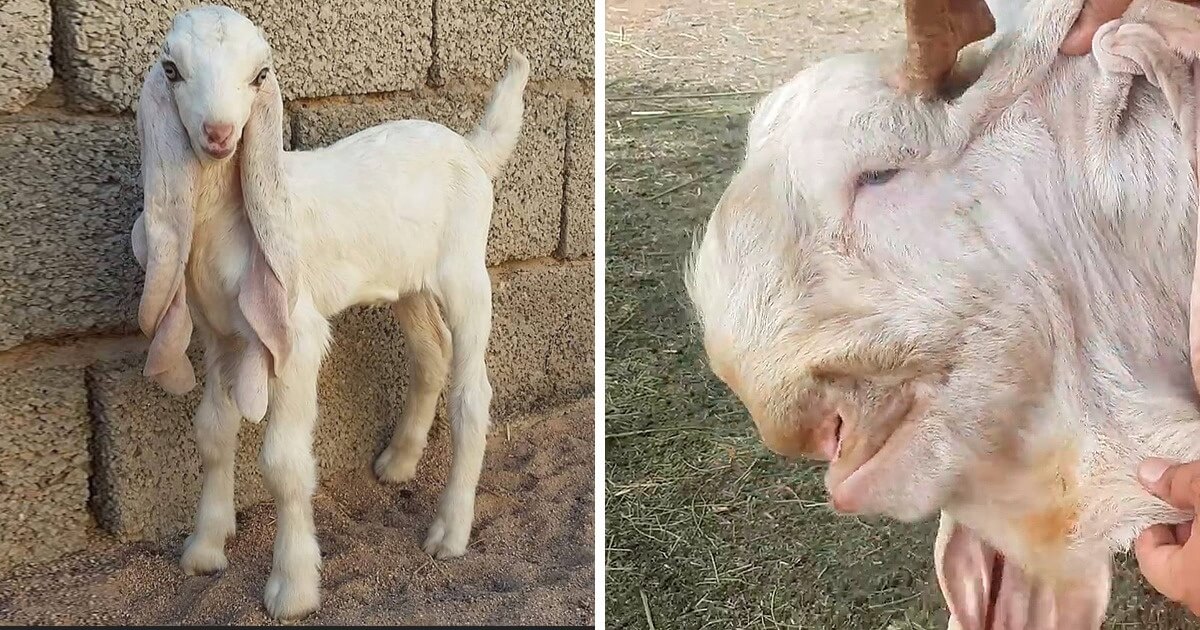
View this post on InstagramA post shared by Richard (@richards_inverts) on
View this post on InstagramA post shared by Romanne ???? (@romanne_c) on
View this post on InstagramA post shared by National Geographic (@natgeo) on
View this post on InstagramA post shared by Tom Patterson (@tom_patterson_hates_your_guts) on
